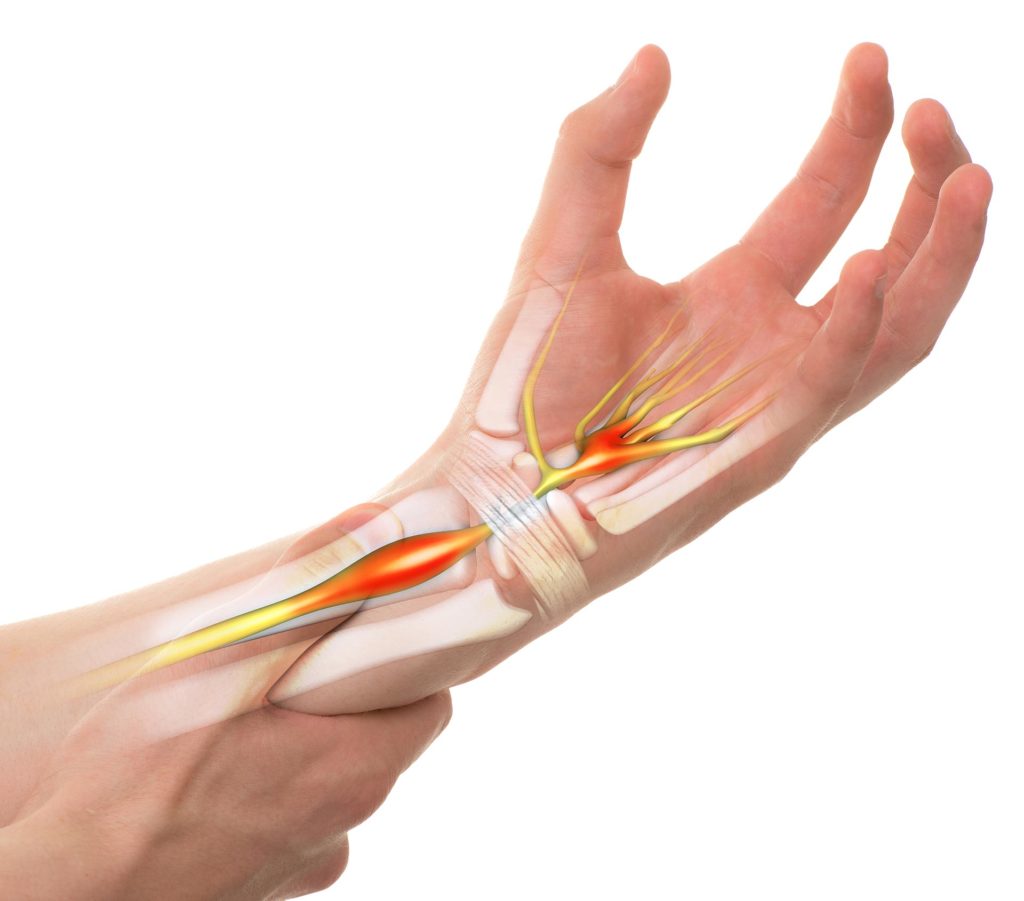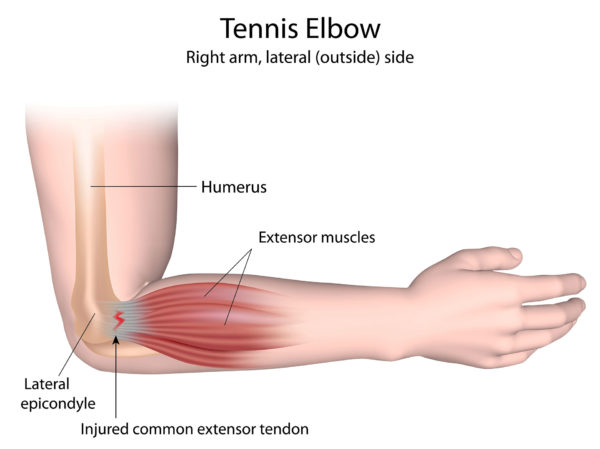Causes of injury
• Posture
• Overuse
• Undue pressure
• Restrictive Accessories
Injury types
• Carpal Tunnel
• Fractures
• Tennis Elbow
• Tendonitis
Treatments at BOSH
Carpal Tunnel Syndrome
This condition is caused by the pinching of one of the nerves in the wrist is accompanied by a tingling sensation and numbness. To identify carpal tunnel syndrome correctly one of 2 tests are typically performed. Tinel’s test is performed by tapping the median nerve along its course in the wrist which, in case of an existing condition, can cause abnormal sensations in the fingers. If the pushing of the back of your hands together leads to numbness and a tingling sensation during Phalen’s test, it confirms the existence of carpal tunnel syndrome.
Based on the diagnosis, carpal tunnel syndrome is treated through physiotherapy and over-the- counter medicines for mild cases. For cases with prolonged history where surgical intervention is required, day care mini incision carpal tunnel release gives excellent and long-lasting results.
Wrist Fractures
Stable fractures that don’t affect the joint alignment are treated through icing, elevating the arm, and anti-inflammatory medications to control pain and swelling. Of the 6 weeks of immobilization, a splint may be used for 1 to 3 weeks to allow for swelling to subside post which it is replaced by a fiberglass cast accompanied by a sling. Regaining the range of motion of the wrist and forearm through physiotherapy is the focus for the first few months which is followed up by strengthening exercises.
For serious fractures, a cast is used to set the bone in place but surgery is advised in case of injuries that need insertion of metal pins, a plate, and screws.
Tennis Elbow
A painful condition involving the tendons attached to the bone on the outside (lateral) part of the elbow, tennis elbow causes pain beginning at the elbow that travels down the forearm. Generally limiting activities that cause this condition is advised to help prevent stress to the aggravated area along with appropriate medication to alleviate pain.
Other treatments include using a wrist brace or a brace band to reduce the tension on the affected tendon, physical therapy that includes stretching and/or strengthening exercises combined with modalities such as ultrasound or heat treatments. Surgery is the last option when the pain becomes incapacitating.
Tendonitis of the Wrist
Tendonitis is characterized by pain and swelling of the thumb-side of the wrist which causes recurrent irritation of the tendons around the wrist joint. Grasping or pinching, and tenderness over the wrist are the most common symptoms of tendonitis. Avoiding activities that cause irritation, short periods of rest in a splint, and stretching exercises are some of the non-surgical approaches to get the tendons gliding again while a steroid injection may be advised in some cases. Severe cases may require surgery that entails opening the covering that surrounds the tendons to create more room for the irritated tendons followed by physical therapy to restore normal use of the hand.
From diagnosis, treatment, rehabilitation to therapy,
BOSH specialists are with you each step of the way
to provide professional and personalised care you deserve.
Our Orthopaedic Experts

Dr. K K Subbaiah

Dr. Vamsi Krishna

Dr R N Jain





